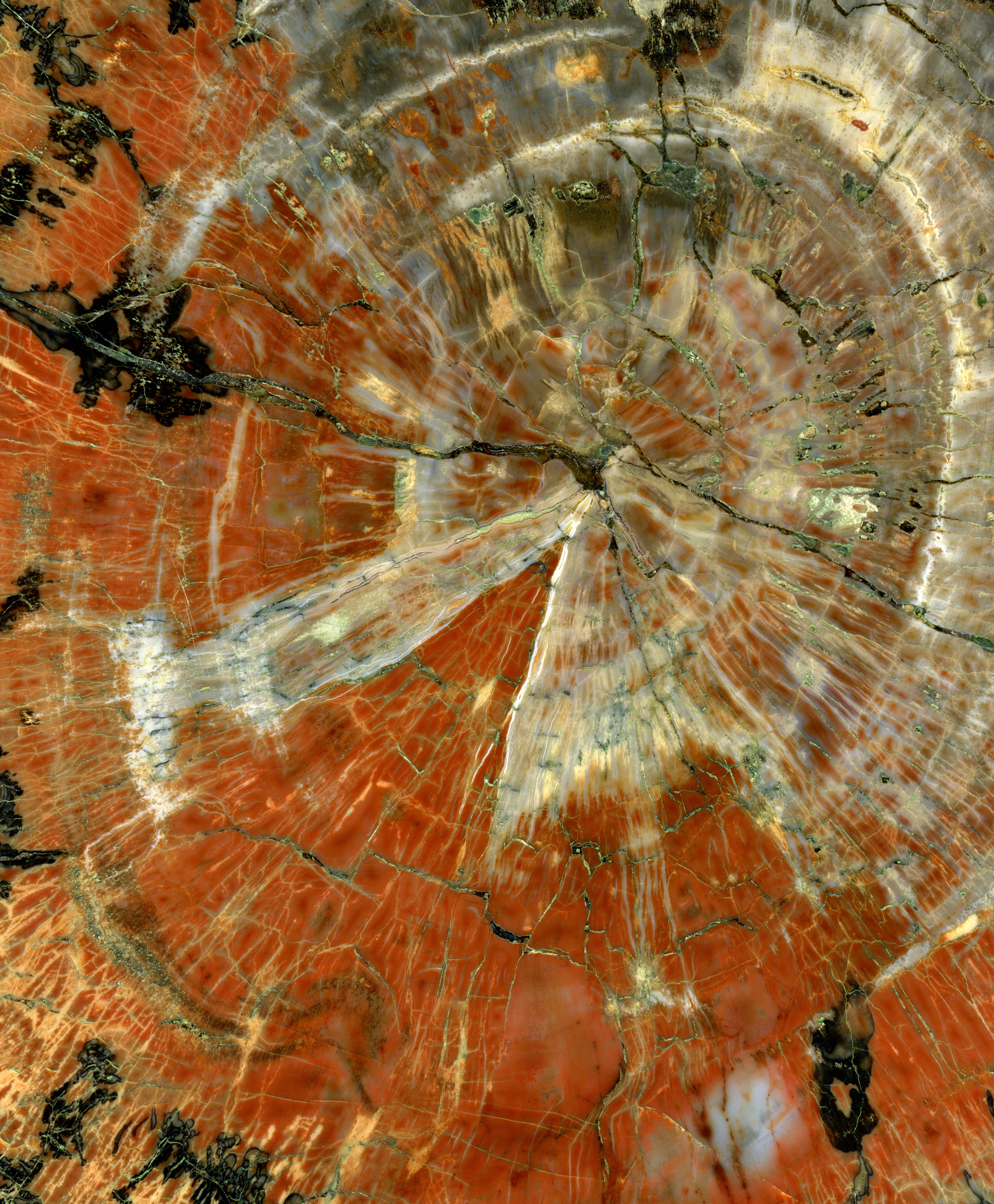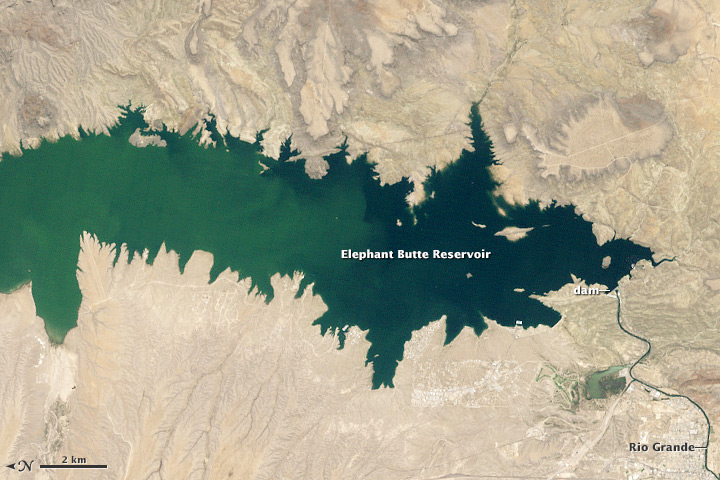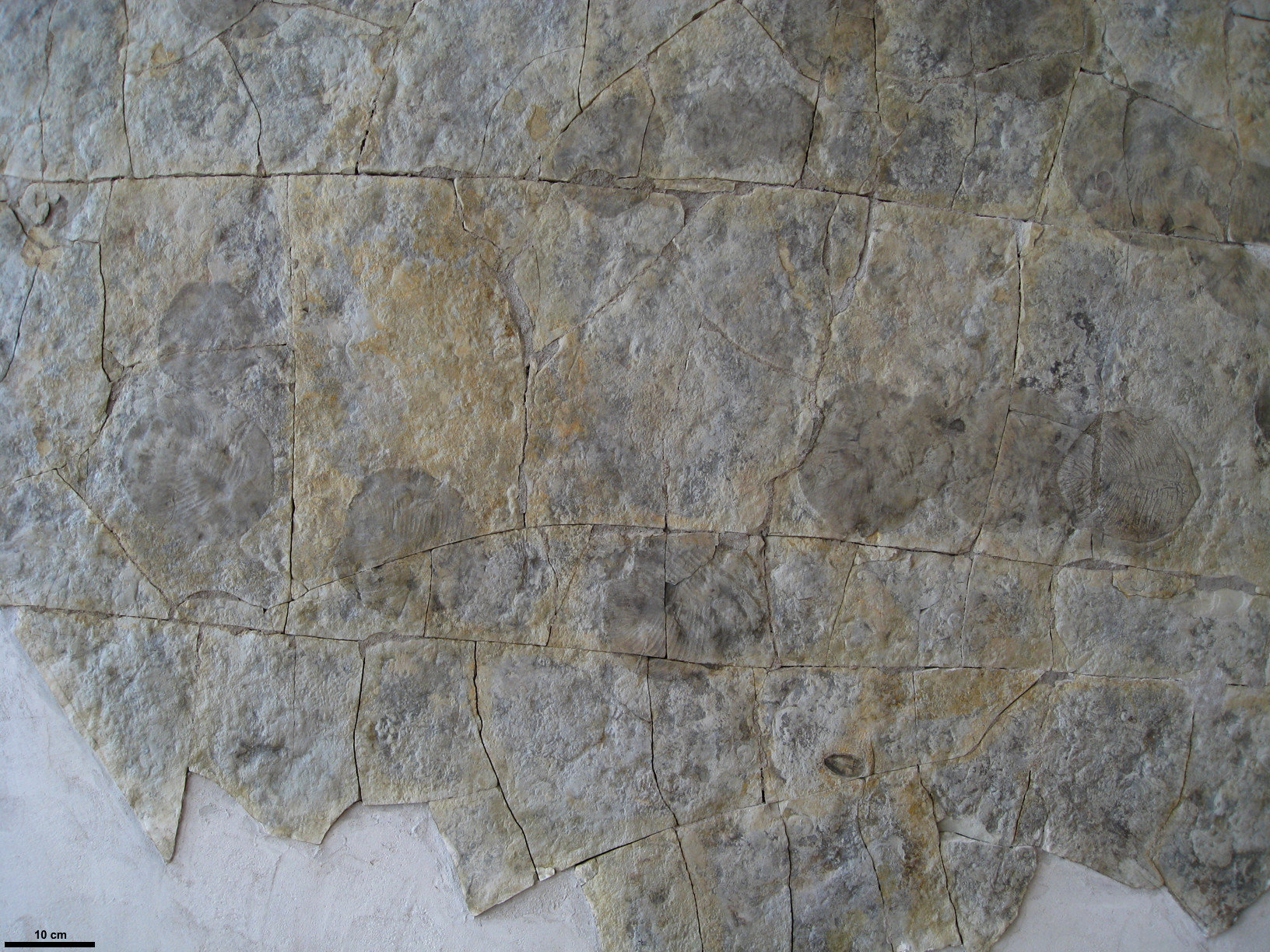|
Crevasse Canyon Formation
The Crevasse Canyon Formation is a coal-bearing Cretaceous geologic formation in New Mexico and Arizona. Description The formation is divided into three members, in ascending stratigraphic order: ''Dilco Coal Member'', ''Dalton Sandstone Member'', and ''Gibson Coal Member''. The Dilco Coal Member is described by Cather (2010) as "Drab mudstone, fine- to medium-grained sandstone, and coal. Sandstone is commonly crossbedded or ripple laminated." The Dalton Sandstone Member is described as "Gray to yellowish gray, fine- to medium-grained, cliff-forming sandstone." The Gibson Coal Member is described as "Drab mudstone, buff, brown, and greenish gray sandstone (commonly cross-bedded), and coal," with the coals typically less than 0.5 m thick. Thickness is at the type section. In some exposures, the Dilco Coal Member is separated from the Dalton Sandstone Member by the Mulatto Tongue of the Mancos Shale. A fourth member of the Crevasse Canyon Formation, the Borrego Pass Lentil ... [...More Info...] [...Related Items...] OR: [Wikipedia] [Google] [Baidu] |
Formation (geology)
A geological formation, or simply formation, is a body of rock having a consistent set of physical characteristics ( lithology) that distinguishes it from adjacent bodies of rock, and which occupies a particular position in the layers of rock exposed in a geographical region (the stratigraphic column). It is the fundamental unit of lithostratigraphy, the study of strata or rock layers. A formation must be large enough that it can be mapped at the surface or traced in the subsurface. Formations are otherwise not defined by the thickness of their rock strata, which can vary widely. They are usually, but not universally, tabular in form. They may consist of a single lithology (rock type), or of alternating beds of two or more lithologies, or even a heterogeneous mixture of lithologies, so long as this distinguishes them from adjacent bodies of rock. The concept of a geologic formation goes back to the beginnings of modern scientific geology. The term was used by Abraham Gottlob Wer ... [...More Info...] [...Related Items...] OR: [Wikipedia] [Google] [Baidu] |
Inceptisol
Inceptisols are a soil order in USDA soil taxonomy. They form quickly through alteration of parent material. They are more developed than Entisols. They have no accumulation of clays, iron oxide, aluminium oxide or organic matter. They have an ochric or umbric horizon and a cambic subsurface horizon. In the World Reference Base for Soil Resources (WRB), most Inceptisols are Cambisols or Umbrisols. Some may be Nitisols. Many Aquepts belong to Gleysols and Stagnosol A Stagnosol in the World Reference Base for Soil Resources (WRB) is soil with strong mottling of the soil profile due to redox processes caused by stagnating surface water. Stagnosols are periodically wet and mottled in the topsoil and subsoil, ...s. Suborders * Aquepts – with a water table close to the surface * Gelepts – in very cold climates * Cryepts – in cold climates * Udepts – in humid climates * Ustepts – in semiarid and sub-humid climates' * Xerepts – in areas with very dry summers and moist ... [...More Info...] [...Related Items...] OR: [Wikipedia] [Google] [Baidu] |
Santonian
The Santonian is an age in the geologic timescale or a chronostratigraphic stage. It is a subdivision of the Late Cretaceous Epoch or Upper Cretaceous Series. It spans the time between 86.3 ± 0.7 mya (million years ago) and 83.6 ± 0.7 mya. The Santonian is preceded by the Coniacian and is followed by the Campanian.Gradstein ''et al.'' (2004) Stratigraphic definition The Santonian Stage was established by French geologist Henri Coquand in 1857. It is named after the city of Saintes in the region of Saintonge, where the original type locality is located. The base of the Santonian Stage is defined by the appearance of the inoceramid bivalve ''Cladoceramus undulatoplicatus''. The GSSP (official reference profile) for the base of the Santonian Stage is located near Olazagutia, Spain; it was ratified by the Subcommission on Cretaceous Stratigraphy in 2012. The Santonian's top (the base of the Campanian Stage) is informally marked by the extinction of the crinoid '' Marsupites tes ... [...More Info...] [...Related Items...] OR: [Wikipedia] [Google] [Baidu] |
Coniacian
The Coniacian is an age or stage in the geologic timescale. It is a subdivision of the Late Cretaceous Epoch or Upper Cretaceous Series and spans the time between 89.8 ± 1 Ma and 86.3 ± 0.7 Ma (million years ago). The Coniacian is preceded by the Turonian and followed by the Santonian. Stratigraphic definitions The Coniacian is named after the city of Cognac in the French region of Saintonge. It was first defined by French geologist Henri Coquand in 1857. The base of the Coniacian Stage is at the first appearance of the inoceramid bivalve species '' Cremnoceramus deformis erectus''. The official reference profile for the base (a GSSP) is located in Salzgitter-Salder, Lower Saxony, Germany. The top of the Coniacian (the base of the Santonian Stage) is defined by the appearance of the inoceramid bivalve ''Cladoceramus undulatoplicatus''. The Coniacian overlaps the regional Emscherian Stage of Germany, which is roughly coeval with the Coniacian and Santonian Stages. In magne ... [...More Info...] [...Related Items...] OR: [Wikipedia] [Google] [Baidu] |
Petrified Wood
Petrified wood, also known as petrified tree (from Ancient Greek meaning 'rock' or 'stone'; literally 'wood turned into stone'), is the name given to a special type of ''fossilized wood'', the fossilized remains of terrestrial vegetation. ''Petrifaction'' is the result of a tree or tree-like plants having been replaced by stone via a mineralization process that often includes permineralization and replacement. The organic materials making up cell walls have been replicated with minerals (mostly silica in the form of opal, chalcedony, or quartz). In some instances, the original structure of the stem tissue may be partially retained. Unlike other plant fossils, which are typically impressions or compressions, petrified wood is a three-dimensional representation of the original organic material. The petrifaction process occurs underground, when wood becomes buried in water-saturated sediment or volcanic ash. The presence of water reduces the availability of oxygen which inhibits ... [...More Info...] [...Related Items...] OR: [Wikipedia] [Google] [Baidu] |
Elephant Butte Reservoir
Elephant Butte Reservoir is a reservoir on the southern part of the Rio Grande in the U.S. state of New Mexico, north of Truth or Consequences. The reservoir is the 84th largest man-made lake in the United States and the largest in New Mexico by total surface area and peak volume. It is the only place in New Mexico that one can find pelicans perched on or alongside the lake. There are also temporary US Coast Guard bases stationed at Elephant Butte. It is impounded by Elephant Butte Dam and is part of the largest state park in New Mexico, Elephant Butte Lake State Park. The reservoir is part of the Rio Grande Project to provide power and irrigation to south-central New Mexico and western Texas. It began to be filled in 1915 and 1916 and at highstand was the largest man-made lake in the world. The reservoir can hold of water from a drainage of 28,900 square miles (74,850 km2). It provides irrigation to 178,000 acres (720 km2) of land. Fishing is a popular recreational a ... [...More Info...] [...Related Items...] OR: [Wikipedia] [Google] [Baidu] |
Fossil Trackway
A fossil track or ichnite (Greek "''ιχνιον''" (''ichnion'') – a track, trace or footstep) is a fossilized footprint. This is a type of trace fossil. A fossil trackway is a sequence of fossil tracks left by a single organism. Over the years, many ichnites have been found, around the world, giving important clues about the behaviour (and foot structure and stride) of the animals that made them. For instance, multiple ichnites of a single species, close together, suggest 'herd' or 'pack' behaviour of that species. Combinations of footprints of different species provide clues about the interactions of those species. Even a set of footprints of a single animal gives important clues, as to whether it was bipedal or quadrupedal. In this way, it has been suggested that some pterosaurs, when on the ground, used their forelimbs in an unexpected quadrupedal action. Special conditions are required, in order to preserve a footprint made in soft ground (such as an alluvial plain or a f ... [...More Info...] [...Related Items...] OR: [Wikipedia] [Google] [Baidu] |
Baenid
Baenidae is an extinct family of paracryptodiran turtles known from the Early Cretaceous to Eocene of North America. While during the Early Cretaceous they are found across North America, during the Late Cretaceous they are only found in Laramidia, having disappeared from Appalachia. The majority of lineages survived the K-Pg Extinction, but the family was extinct by the latest Eocene. The name of the type genus, ''Baena,'' appears to be of Native American origin. They are primarily found in freshwater deposits, and are considered to be aquatic, with a largely generalist habit. Genera * †'' Arundelemys'' * †''Arvinachelys'' * †''Baena'' * †''Cedrobaena'' * †''Chisternon'' * †'' Edowa'' * †''Gamerabaena'' * †'' Hayemys'' * †'' Lakotemys'' Lakota Formation, Berriasian-Valanginian * †''Neurankylus'' * †''Palatobaena'' * †''Peckemys'' * †''Plesiobaena ''Plesiobaena'' is an extinct genus of turtle which existed in the Belly River Formation, Canada during t ... [...More Info...] [...Related Items...] OR: [Wikipedia] [Google] [Baidu] |
Neurankylus
''Neurankylus'' is an extinct genus of turtles in the family Baenidae that lived between 112 and 61 million years ago in Canada and the United States. It was originally placed within the monotypic family Neurankylidae, but it has since been placed in the Neurankylinae, alongside '' Trinitichelys''. The type species, ''Neurankylus eximius'', was described by Lawrence Lambe in 1902. The species ''N. lithographicus'' was discovered in the Milk River Formation (Canada), alongside the holotype of the pachycephalosaurid dinosaur Dinosaurs are a diverse group of reptiles of the clade Dinosauria. They first appeared during the Triassic period, between 243 and 233.23 million years ago (mya), although the exact origin and timing of the evolution of dinosaurs is t ... '' Acrotholus audeti''. References {{Taxonbar, from1=Q73170070 Baenidae Cretaceous turtles Paleocene turtles Cretaceous reptiles of North America Paleocene reptiles of North America Hell Creek fauna ... [...More Info...] [...Related Items...] OR: [Wikipedia] [Google] [Baidu] |
Genus
Genus ( plural genera ) is a taxonomic rank used in the biological classification of extant taxon, living and fossil organisms as well as Virus classification#ICTV classification, viruses. In the hierarchy of biological classification, genus comes above species and below family (taxonomy), family. In binomial nomenclature, the genus name forms the first part of the binomial species name for each species within the genus. :E.g. ''Panthera leo'' (lion) and ''Panthera onca'' (jaguar) are two species within the genus ''Panthera''. ''Panthera'' is a genus within the family Felidae. The composition of a genus is determined by taxonomy (biology), taxonomists. The standards for genus classification are not strictly codified, so different authorities often produce different classifications for genera. There are some general practices used, however, including the idea that a newly defined genus should fulfill these three criteria to be descriptively useful: # monophyly – all descendants ... [...More Info...] [...Related Items...] OR: [Wikipedia] [Google] [Baidu] |
Dinosaur
Dinosaurs are a diverse group of reptiles of the clade Dinosauria. They first appeared during the Triassic period, between 243 and 233.23 million years ago (mya), although the exact origin and timing of the evolution of dinosaurs is the subject of active research. They became the dominant terrestrial vertebrates after the Triassic–Jurassic extinction event 201.3 mya; their dominance continued throughout the Jurassic and Cretaceous periods. The fossil record shows that birds are feathered dinosaurs, having evolved from earlier theropods during the Late Jurassic epoch, and are the only dinosaur lineage known to have survived the Cretaceous–Paleogene extinction event approximately 66 mya. Dinosaurs can therefore be divided into avian dinosaurs—birds—and the extinct non-avian dinosaurs, which are all dinosaurs other than birds. Dinosaurs are varied from taxonomic, morphological and ecological standpoints. Birds, at over 10,700 living species, are among ... [...More Info...] [...Related Items...] OR: [Wikipedia] [Google] [Baidu] |
Upper Cretaceous
The Late Cretaceous (100.5–66 Ma) is the younger of two epochs into which the Cretaceous Period is divided in the geologic time scale. Rock strata from this epoch form the Upper Cretaceous Series. The Cretaceous is named after ''creta'', the Latin word for the white limestone known as chalk. The chalk of northern France and the white cliffs of south-eastern England date from the Cretaceous Period. Climate During the Late Cretaceous, the climate was warmer than present, although throughout the period a cooling trend is evident. The tropics became restricted to equatorial regions and northern latitudes experienced markedly more seasonal climatic conditions. Geography Due to plate tectonics, the Americas were gradually moving westward, causing the Atlantic Ocean to expand. The Western Interior Seaway divided North America into eastern and western halves; Appalachia and Laramidia. India maintained a northward course towards Asia. In the Southern Hemisphere, Australia and Anta ... [...More Info...] [...Related Items...] OR: [Wikipedia] [Google] [Baidu] |






